Planting Soybeans
All Planting Soybeans Content
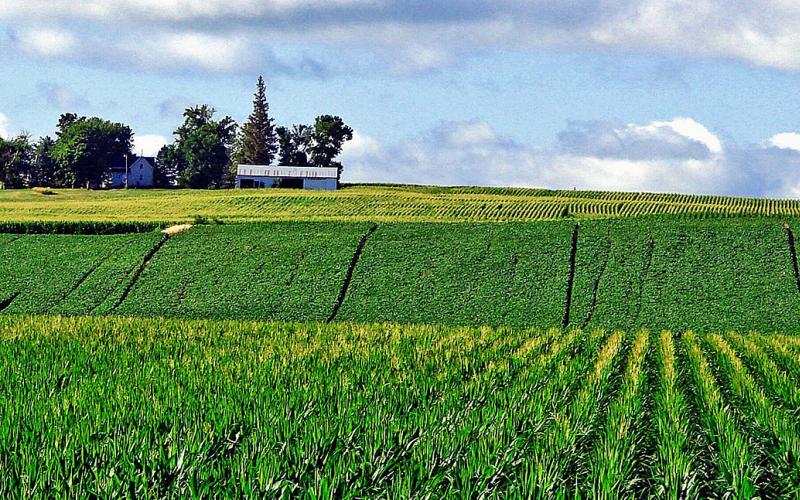
Crop Rotation in Farm Management
Crop rotation has long been considered an important farm practice. In 2013 producers had to stray from their well thought out crop rotations when the winter wheat crop in South Dakota failed.
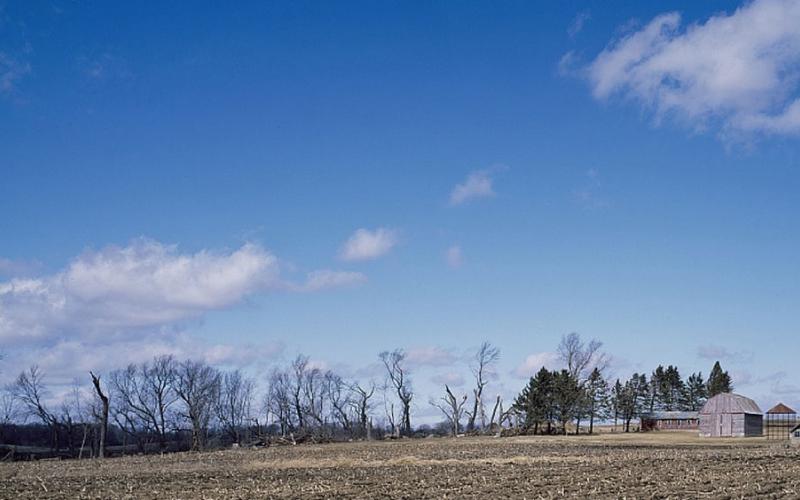
Planting Considerations for a Late Spring
Farm fields in some areas are unusually wet this year with many low areas under water. These conditions will make planting a challenge for farmers this year.
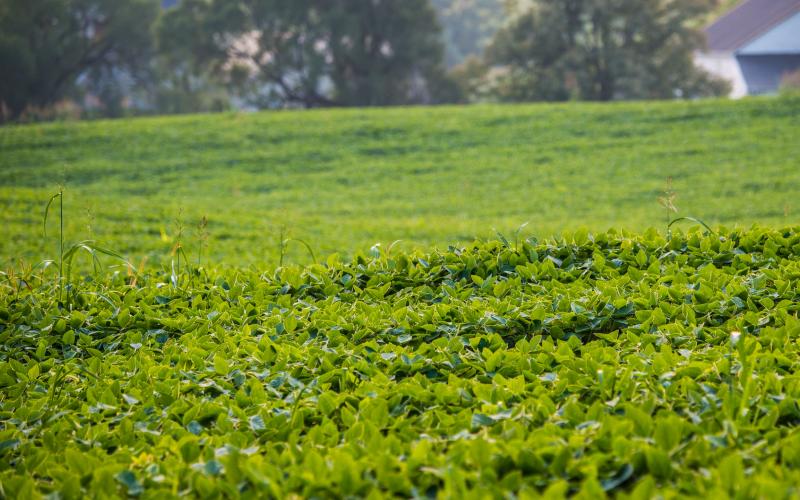
Minnehaha Soybean Cropping Systems Tour Set for Sept. 8
August 16, 2021
The South Dakota Soybean Research and Promotion Council along with South Dakota State University Extension will be hosting a cropping systems tour in Minnehaha county on Sept. 8.
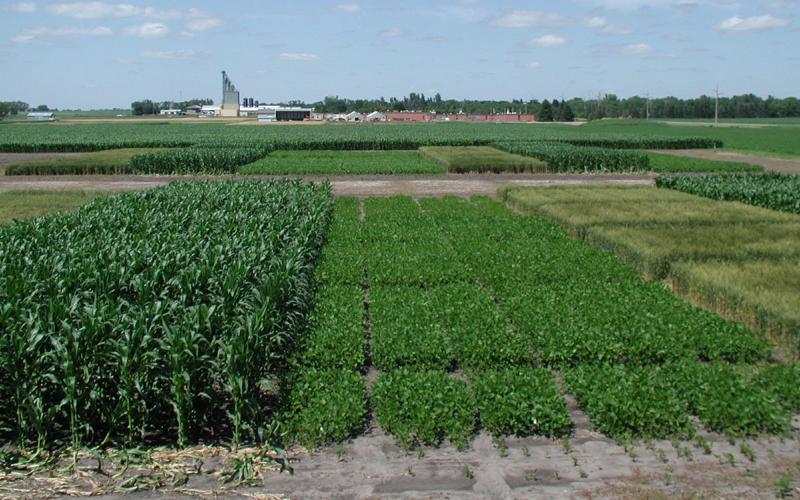
Interpreting Research Results: The Simple Way
Although research results and statistical terminology can seem overwhelming, understanding the basic concepts can be valuable for decision making. When making management decisions, don’t hesitate to ask for research results and statistics to back up marketing claims.
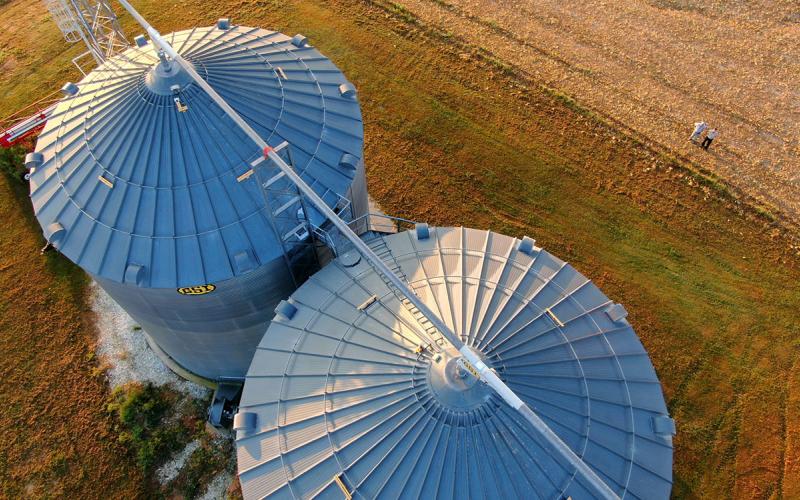
Managing Production Costs To Boost Soybean Profitability
Soybeans are one of the major crops in South Dakota in terms of both acres planted and sales values. To determine the potential to increase net profit from soybean production, individual producers are encouraged to compare their own yields and input costs with benchmark levels.
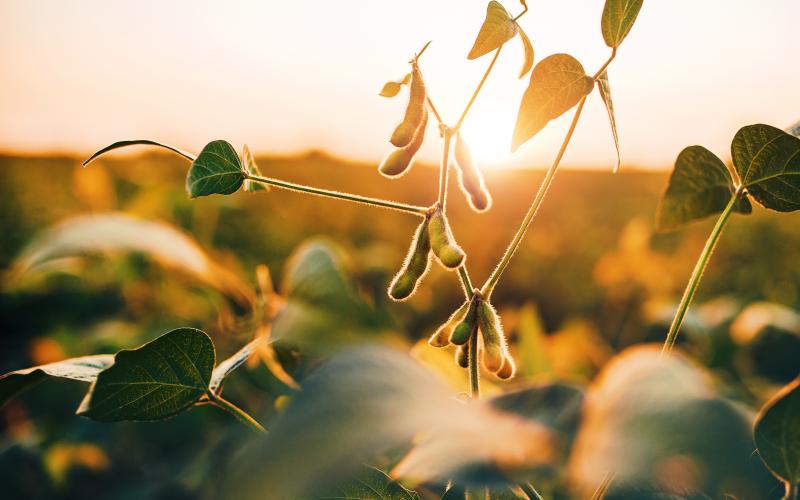
Best Management Practices for Soybean Production
This is your unbiased, research-based guide to soybean production to help increase yield, reduce input costs and protect your investment.

Best Management Practices for Soybean Production
This is your unbiased, research-based guide to soybean production to help increase yield, reduce input costs and protect your investment.

Best Management Practices for Soybean Production
This is your unbiased, research-based guide to soybean production to help increase yield, reduce input costs and protect your investment.

Best Management Practices for Soybean Production
This is your unbiased, research-based guide to soybean production to help increase yield, reduce input costs and protect your investment.
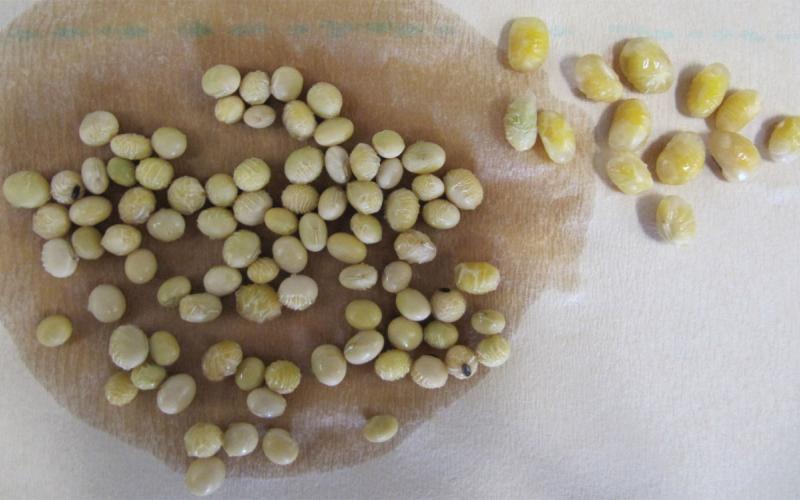
The Clorox® Soak Test
This test is used in the field to determine the percentage of soybean (Glycine max) seed damage due to combining or threshing. It is also adaptable to use in the laboratory. The test can be used for beans (Phaseolus vulgaris) and other large dicotyledonous seeds which may be injured in combining, threshing, or seed cleaning.